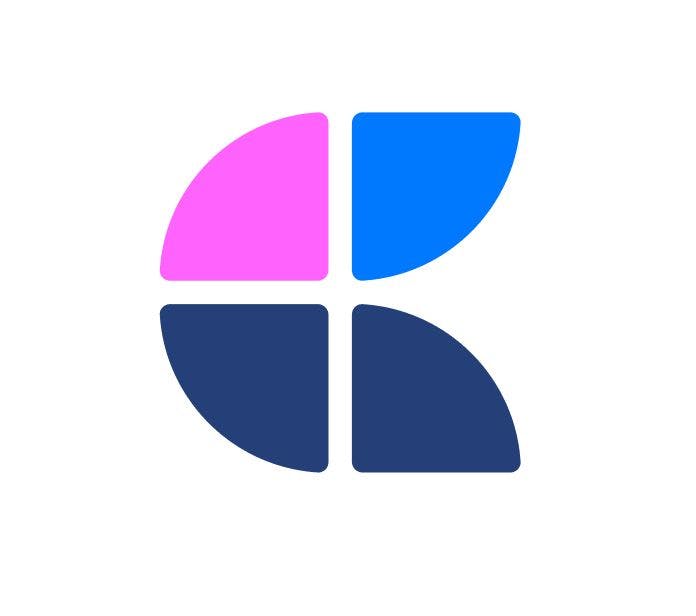Starting a freelance business can be an exciting and fulfilling journey. It offers you the flexibility to choose your own clients, set your own rates, and work on projects that align with your skills and interests. And we can’t forget about the best part: being your own boss and maybe even living anywhere you want (see: Best locations in the world to be a freelancer).
But if you're considering taking the leap into freelancing, there are a few things you need to keep in mind, and this step-by-step guide will help you get started. We'll cover everything from identifying your target clients, to developing a pricing structure that reflects your value and creating a portfolio showcasing your skills.
You can turn your passion into a successful freelance career with the right approach. So, let's dive in and start building your freelance business.
Popular Freelance Occupations to Consider
When starting a freelance business, one of the first things to consider is the type of work you want to offer. Make sure you pick something you enjoy doing. Here are some popular freelance occupations to consider:
Writer
If you’re passionate about writing and enjoy creating compelling content, you can offer your services as a freelance writer. This could include writing blog posts, articles, copywriting, and more.
Software Developer
With the increasing demand for technology solutions, there is a growing need for skilled software developers. If you have experience in software development, you can offer your services as a freelance software developer.
Digital Marketer
With businesses of all sizes looking to grow their online presence, there is a growing demand for digital marketers. You can offer your services as a freelance digital marketer, helping businesses to develop and implement effective digital marketing strategies.
Photographer
If you are passionate about capturing images, you can offer your services as a freelance photographer. This could include portrait photography, event photography, or commercial photography. Many freelance photographers are digital nomads, so if you’re eager to travel the world, photography might be a great fit for you.
Graphic Designer
With businesses of all sizes looking to create engaging visual content, there is a growing need for skilled graphic designers. You can offer your services as a freelance graphic designer, helping businesses to create logos, websites, and marketing materials.
These are just a few of the popular freelance occupations to consider. The key is to identify your skills and passions and find a niche that aligns with both.
Identify Your Target Clients and Their Typical Budget
Once you have decided on the type of work you want to offer, it's time to identify your target clients. This includes understanding their needs, interests, and budget. Here's how to do it:
Research your target market
Start by researching the types of businesses and individuals that would benefit from your services. Look for industries, niches, and geographic locations that align with your skills and interests.
Determine a budget
The next step is determining your target clients' typical budget. This includes understanding their budget for freelance services and the prices they are willing to pay. You can research industry benchmarks, talk to potential clients, and consider your experience and skill level.
Develop a Pricing Structure Based on the Value You Offer
Once you have identified your target clients and their typical budget, it's time to develop a pricing structure that reflects the value you offer. Here's a step-by-step guide on how to do it:
1. Determine your hourly rate: Your hourly rate is a key factor in determining your overall pricing structure. Consider your skills, experience, and market rates when determining your hourly rate.
2. Consider your overhead costs: In addition to your hourly rate, you’ll need to consider your overhead costs when developing your pricing structure. This includes equipment, supplies, software, and other expenses for your freelance business.
3. Factor in your desired profit margin: Your desired profit margin is also important in determining your pricing structure, so consider how much you need to earn to cover your overhead costs and make a profit.
4. Offer value-based pricing: In addition to your hourly rate, you can also offer value-based pricing. This involves charging based on the value you bring to the project rather than just your time. For example, if you're a graphic designer, you might charge based on the complexity of the project and the impact it will have on the client's business.
Create a Portfolio That Reflects Your Skills
Your portfolio is a key tool for attracting potential clients and showcasing your skills and experience. Here's how to create a portfolio that reflects your skills:
Choose your best work
When creating your portfolio, be selective and choose your best work. This could include your most recent work, work that showcases your unique skills and style, and work that demonstrates the results you have achieved for clients. Use Craft's free portfolio template to quickly create a beautiful portfolio site.

Showcase your skills
Your portfolio should showcase your skills and experience. This could include samples of your writing, design work, software development, or other relevant skills.
Make it visually appealing
Your portfolio should be visually appealing and easy to navigate. Consider using high-quality images, a clean design, and a clear structure to make it easy for potential clients to find the information they need.
Highlight your achievements
In addition to showcasing your work, your portfolio should also highlight your achievements. This could include client testimonials, statistics demonstrating the results you have achieved, and awards or recognition you have received.
By creating a portfolio that reflects your skills and experience, you'll be better positioned to attract potential clients and build a successful freelance business. A great portfolio is key to landing your first clients and growing your freelance business.
Write a Great Proposal
Your proposal is your opportunity to make a great first impression and sell your services to potential clients. Here's how to write a great proposal:
Customize your proposal
Your proposal should be customized to each potential client. Take the time to understand their specific needs and requirements and tailor your proposal accordingly.
Highlight your experience
Your proposal should highlight your experience and expertise in the field. Emphasize your relevant skills and experience, and provide examples of your work to demonstrate your ability to deliver results.
Offer solutions
Your proposal should address the client's problem or need. Show how your services can help them achieve their goals and solve their problems.
Use templates
Consider using a proposal template, such as those available on Craft.do, to make the process of writing a proposal (or creating your portfolio) easier and more efficient. Simply select “Use This Template” and use our helpful prompts to get started. Here are some of the most popular templates you’ll find on Craft:
Make it visually appealing
Make sure your proposal is visually appealing and easy to read. Use headings, bullet points, and images to break up the text and make it easier for the client to understand.
Writing a great proposal will better position you to win new clients and grow your freelance business. Alongside your portfolio, a well-written proposal can be the key to landing new projects and growing your reputation as a trusted and capable freelance professional.

Deliver Great Work to Clients
Once you have secured a client, it's time to deliver great work. Here's how to ensure you deliver the best possible results to your clients:
- Communicate effectively
- Meet deadlines
- Focus on quality
- Be professional
- Offer ongoing support
You'll build a reputation as a reliable and professional freelance professional by delivering great work to clients. This can lead to repeat business, positive referrals, and new opportunities to grow your freelance business. And, of course, a positive reputation requires your due diligence, so make sure you hit all your deadlines and communicate often.
Begin Your Freelance Journey
Starting a freelance business can be a rewarding and fulfilling way to take control of your career and work on your own terms. By taking these steps, you'll be building a freelance business and achieving the career and financial freedom you seek.

